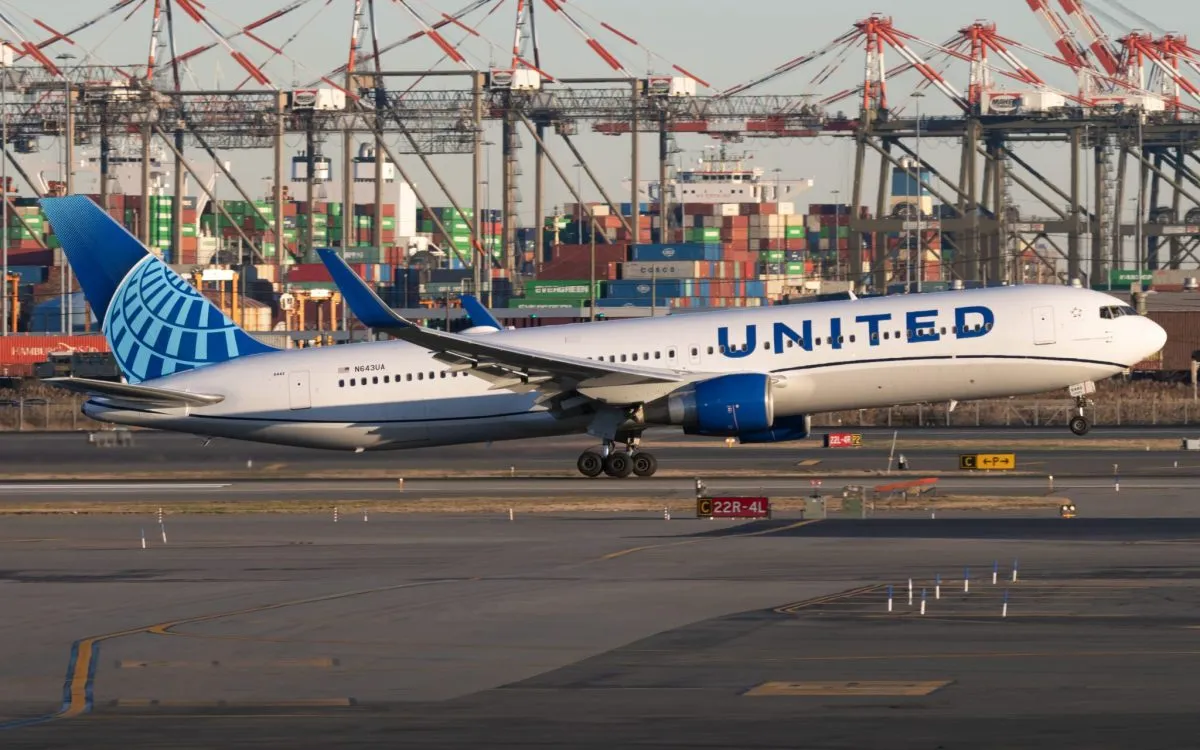Unpacking the Term 'Tariff': From Arabic Roots to Global Economics

The term tariff, which has become increasingly prominent in discussions of international trade and economics, is defined by Merriam-Webster as a schedule of duties imposed by a government on imported goods. However, the evolution of this word and its origins tell a fascinating story that stretches back centuries. So, why is it called a tariff?
The Origin of Tariff
The journey of the word tariff begins in the Italian language, with its roots tracing back to the late 16th century. The Oxford English Dictionary notes that while the term was borrowed from Italian, its use at that time differed significantly from today's understanding. In contemporary Italian, tariffa refers to a price or fare, or a seller's going rate, whereas in 16th-century vernacular, it denoted an arithmetic table. This early definition aligns with the notion of a tabular representation of accounts and fees, which evolved over time. By the 1700s, the term had transitioned to refer to a system of payments or fares, perfectly suiting its modern economic context.
Interestingly, similar terms can be found in several European languages, including French (tarif), Spanish and Portuguese (tarifa), Dutch (tarief), Polish (taryfa), and Turkish (tarife). These variations point to a common linguistic ancestry, rooted in the Arabic word ta'rif, which carries meanings such as a notification, an announcement, an explanation, or the act of making information known. This suggests that the financial implications of tariffs might have developed from the original idea of providing clarity or notification of potential costs associated with imported goods.
How Tariff and Other Arabic-derived Words Spread Across Europe
The dissemination of the word tariff across Europe can be attributed to the extensive trade networks that flourished in the Mediterranean during the medieval era. These trade routes connected southern European port cities with those in North Africa, the Levant, and even regions surrounding the Black and Red Seas. As merchants exchanged not just goods but also language and culture along these routes, terms like tariff traveled alongside commodities.
In fact, the rich tapestry of language during this period is replete with words that have Arabic origins, stemming from this intricate network of trade. For instance, the word jar can be traced back to the Arabic jarra, which referred to an earthenware vessel used for transporting liquids such as honey or wine. Similarly, the term magazine originally referred to a storehouse in Arabic, mazan, before evolving into its current usage relating to a publication. Another interesting example is carat, a term for weighing precious metals and gemstones, which has an ancient Greek origin connected to the carob seed, transitioning through Arabic before entering English.
Moreover, the word average is sometimes believed to stem from the Arabic term 'awariya, meaning spoiled or damaged merchandise. This theory implies that it may have referred to a system where charges were averaged among traders to account for losses at sea. Even the verb garble, which means to speak incoherently, is derived from an Arabic word for a sieve, girbal. Initially, it described the process of sifting impurities from spices, but its modern usage has taken on a more abstract form.
Thus, the story of tariff not only highlights the evolution of language but also reflects the interconnectedness of trade and culture across continents. As we continue to discuss tariffs and their impact on global economies, its essential to recognize the rich historical and linguistic journey that has brought this term into our contemporary lexicon.
















